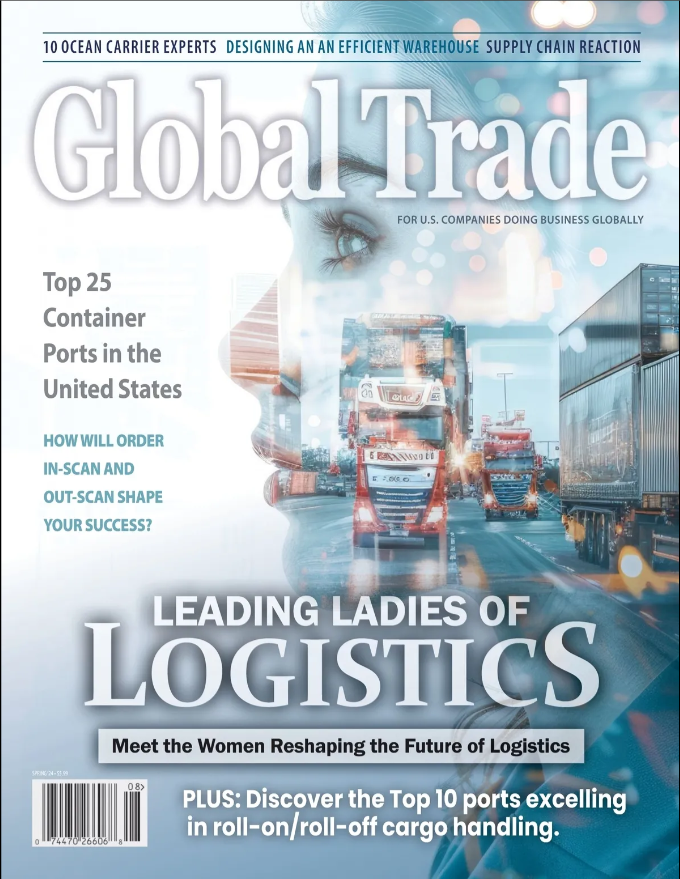A US Manufacturing Flex-Work Model Gains Traction
US manufacturing firms are turning to flexible, employee-driven scheduling as the supply of would-be workers is drying up. Most manufacturing plants operate two shifts: 5 AM to 5 PM and then 5 PM back to 5 AM. Factories require uninterrupted production 24 hours a day, seven days a week. Historically, the easiest way to coordinate this was two 12-hour shifts daily.
This model has worked for decades, but many factories are having difficulty retaining and attracting new employees amidst a blue-collar labor crunch. The median US manufacturing employee is 44.1 years old – two years older than the average US worker. By 2030, the Department of Labor expects 2.5 million factory workers to retire, compounding a roughly 2.1 million manufacturing jobs shortage.
Over the past 15 years, factories have turned to automation to mitigate worker shortages. Yet, for some plants, automation can only do so much. Flex-work is a new model in which workers are provided the option to choose their own start times and shift lengths. Employees work closely with their supervisors every two weeks to define their shifts, and supervisors then construct a monthly schedule and fill in the gaps where needed.
While this sounds simple enough, most plants cite increased costs that come with monthly planning and training should more employees be onboarded part-time. Yet, much of this is offset by a reduction in overtime pay and increased retention. Flex-work is especially attractive for couples working at the same plant with children. They can schedule work times based on the other’s schedule thus making room for child-care duties.
Before the pandemic, US factories hired eight to nine people for every ten openings. That number has now dropped to six, and the ratio is at its lowest level since 2000. With flex-work, plants are beginning to target segments of the population that had not traditionally been employed in the traditional 12-hour plant shifts. These included young parents and those who care for aging parents or have similar obligations that make traditional set hours difficult to work.
While the factory churns out the product, other entities along the supply chain must adapt to the flex-work model. One of the biggest obstacles for many plants is finding transportation companies willing to adapt to varied pick-up times during the week instead of one standard schedule for most of the year. This comes at a price, but with an aging workforce and less supply, manufacturing plants must employ flex-work and other employment models to keep up with changing demographics.





Leave a Reply